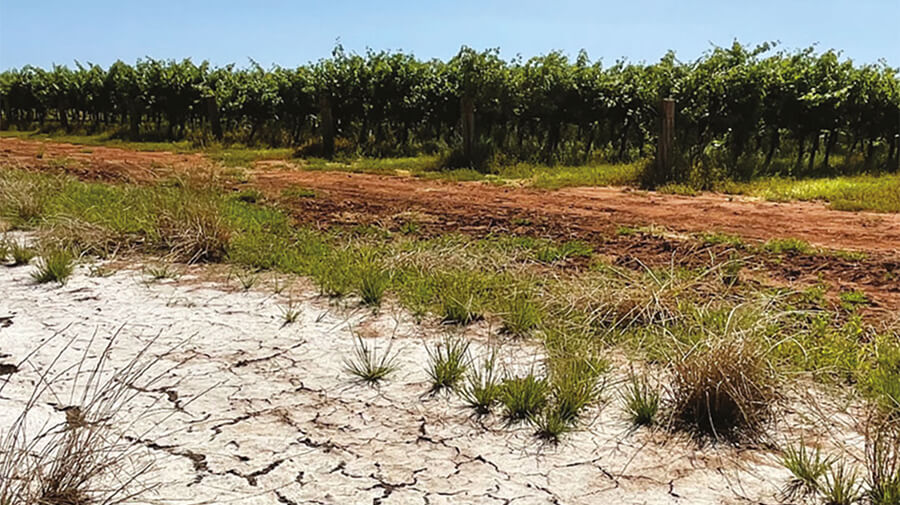
Latest
News
Alleviating Soil Toxicity
No matter if it is issues that have appeared with the recent flooding events or pursuing old issues present for some time, heavy metals toxicity and salinity/sodicity can be alleviated or rectified by rebuilding soil fertility and nutrient equilibrium, improving organic/soil carbon content, and soil health.

Toxicity of heavy metals and salinity can be increased as a result of high rainfalls, flooding or leaching of water through soils which ‘washes’ out beneficial cations such as calcium (Ca), magnesium (Mg) and potassium (K) of the topsoil and is a particular concern in sandy soils. In some cases, flooding or more particularly erosion, will remove topsoil and organic matter which act as a beneficial buffer to heavy metals and salts.
Heavy metals are nonbiodegradable and can be a natural part of the soil or can accumulate in soils from different sources, for example, improper disposal of the industrial waste or sewage, or long-term applications of pesticide and fertilisers containing heavy metals. Irrigation with water containing salts or heavy metals, even at low levels, will also result in a build up over time of these elements in soils.
Salinity and sodicity defines the level of sodium (Na) in soils. Excessive Na in soils can lead to accumulation in cell walls rapidly leading to osmotic stress within the plant cells. This affects photosynthesis mainly through a reduction in leaf area, chlorophyll content, and stomatal conductance. Soil salinity also impacts a plants ability to access other nutrients within soils, and significantly reduces a plants phosphorus (P) uptake.

Recent Comments